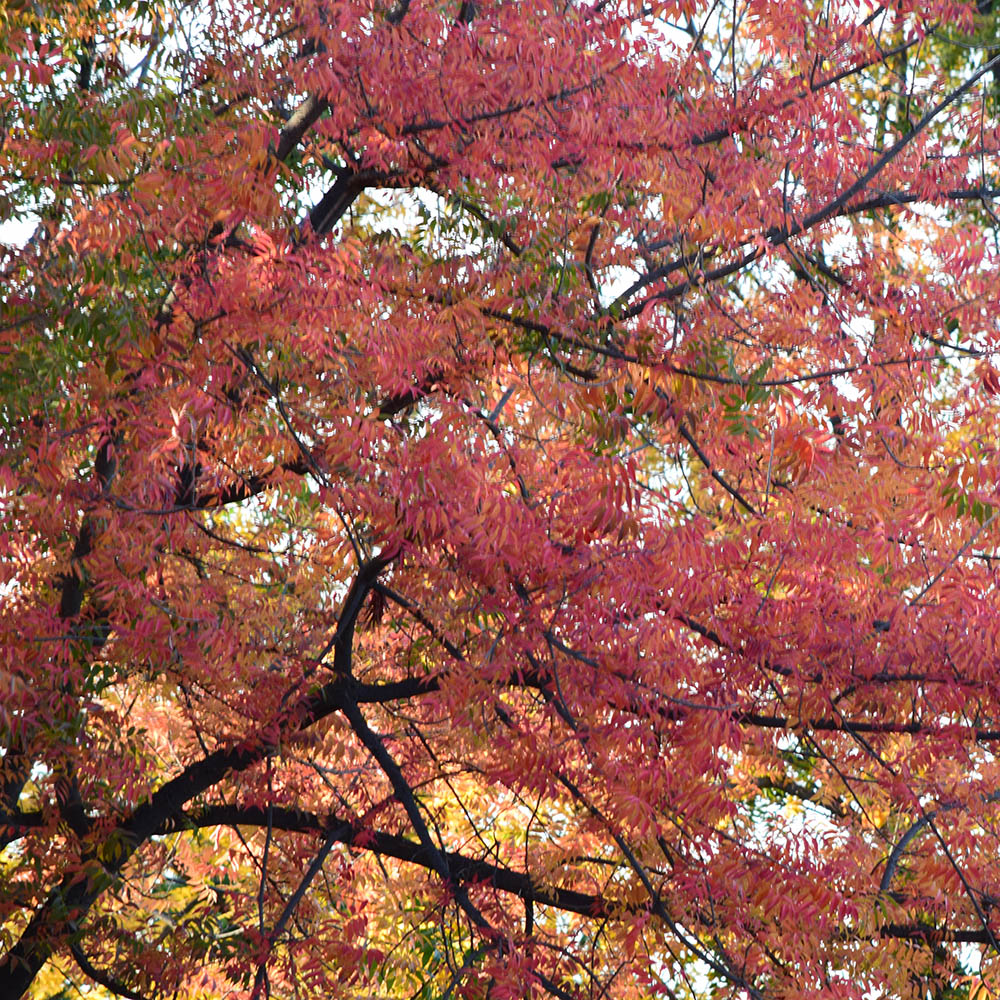
Have you been walking or driving around your neighborhood recently, noticing the beautiful fall colors in your neighbors’ yards? Have you been wishing your yard had the same bursts of vibrant fall color? If so, you might be suffering from yard envy. Luckily for you, there’s a simple solution to this problem. With some careful observation and planning, you can choose plants that will provide your favorite autumn colors every year.
Fall colors tend to fall in the warm part of the color spectrum – yellow, orange, and red. In our warmer climate here in Southern California, we don’t naturally experience as much autumn color as you might see in other parts of the country. But there are trees and other plants that will lend these colors to your yard if you choose them wisely.
When you think of autumn colors, you might immediately think of trees. Trees like Chinese Pistache and Liquid Amber provide the most vibrant fall color but flowering fruit trees like Peach and Pear are also lovely at this time of year. There are also species of deciduous shrubs that will add a dose of color to your yard. Try Althea Hibiscus, Barberry, Roses, and Dwarf Crape Myrtle for splashes of vibrant orange, bright yellow, fiery red, and even deep purple.
Ornamental grasses are another great option. Fountain Grass, Purple Love Grass, Japanese Blood Grass, and Maiden Grass all turn into lovely fall colors in the autumn, and they’re generally a low-maintenance landscaping option. These grasses work well to fill in large spaces, can be used as a border, and provide graceful movement in the garden as the fall winds blow.
Cool-season annual flowers such as marigold, snapdragon, nasturtium, and pansies are another great way to add color as the seasons change. These flowers bloom for several months, and will tolerate cooler temperatures into winter. They typical enjoy full sun and moist soil, but annuals aren’t very particular about growing conditions since they grow for such a short time.
Planning for fall color can take a little extra work since the plants’ leaves are green for most of the planning and planting seasons. Since flowers are harder to come by at this time of year, a pop of leaf color can go a long way! Take pictures of the ones you enjoy, and we can help you identify your favorite species.

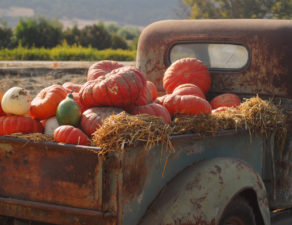
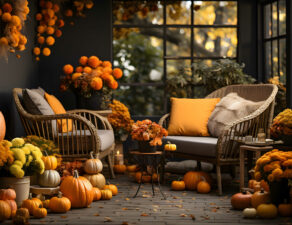
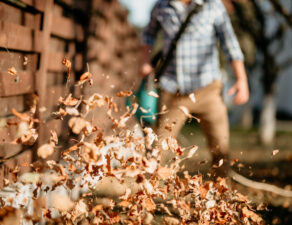
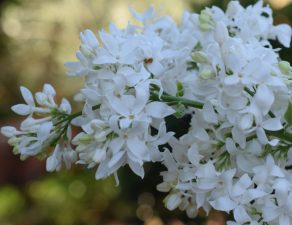
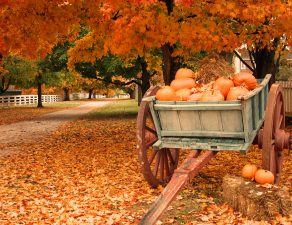
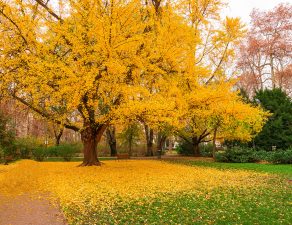
Write a comment: